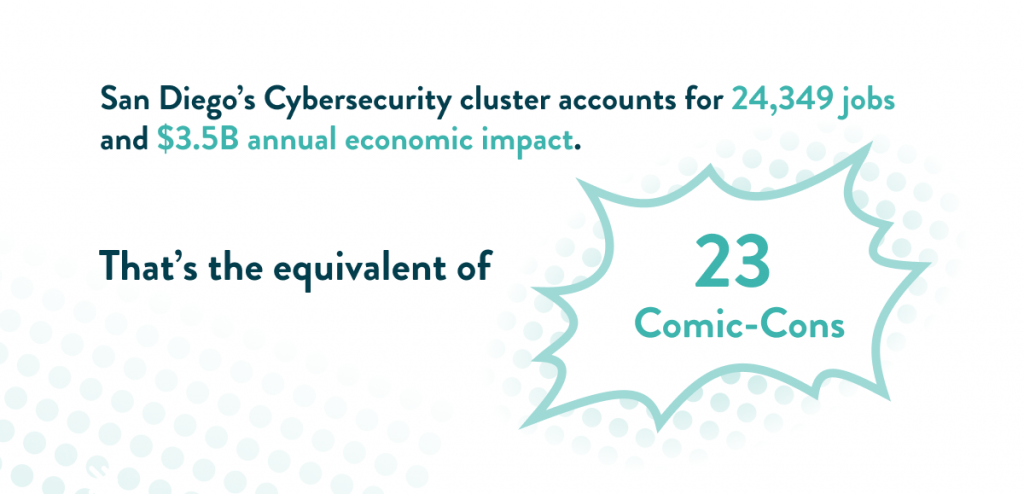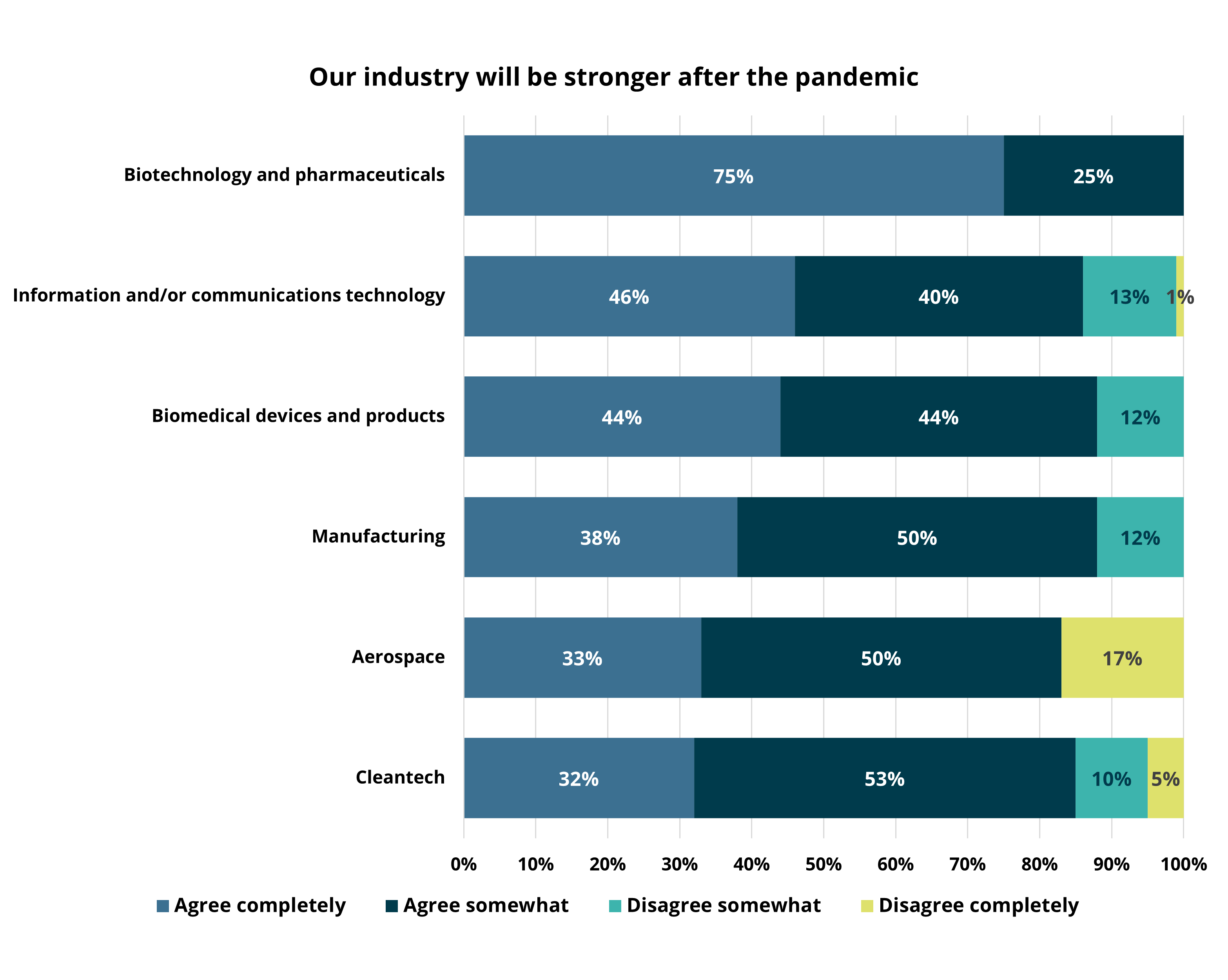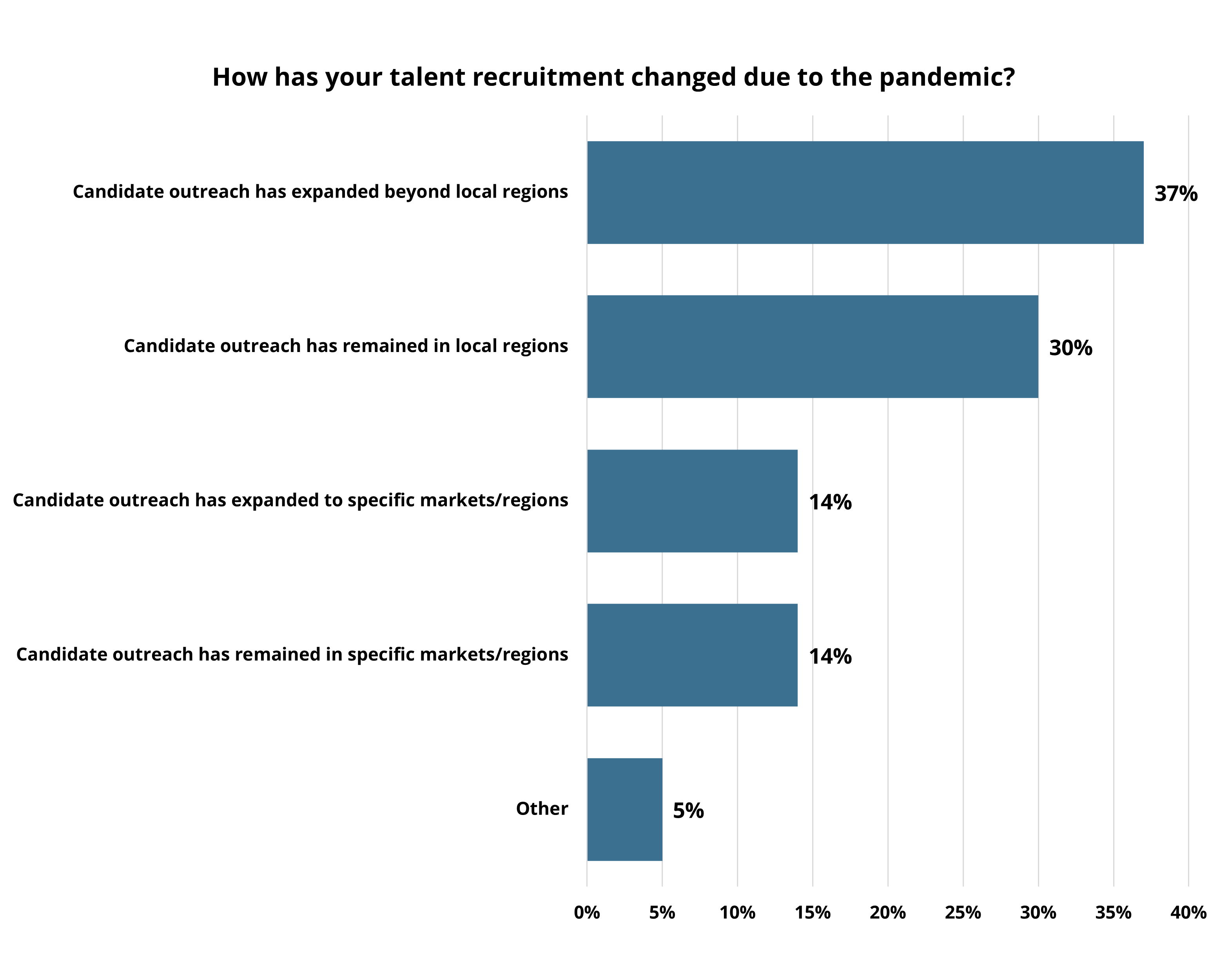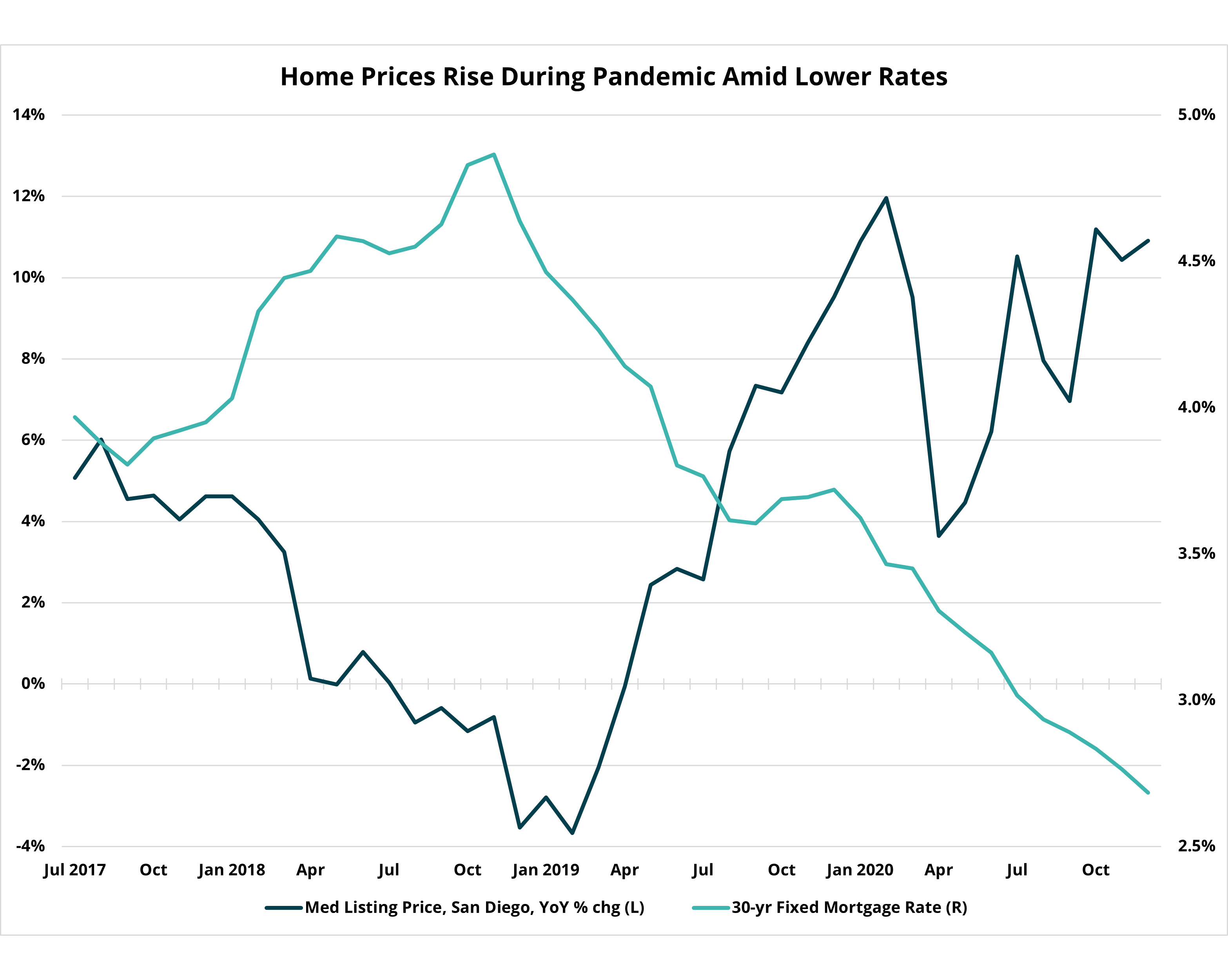EDC study quantifies the impact of AI in region’s Cybersecurity cluster
Today, alongside Cyber Center of Excellence (CCOE) and Booz Allen Hamilton, EDC released the second study in a series on the proliferation of Artificial Intelligence (AI) and Machine Learning (ML) within San Diego County’s key economic clusters. “Securing the Future: AI and San Diego’s Cyber Cluster” quantifies the economic impact of the region’s Cybersecurity cluster and explores the proliferation of AI and ML technologies being used to thwart cybercrimes, among other critical needs by the private-sector and government.
While the term “Cyber” has become household nomenclature only in the past decade or so, the industry dates back 50 years. As cyberattacks and ransomware threats on local mega-brands fill our headlines, and our digital and non-digital worlds further integrate, the importance of and need for Cybersecurity cannot be overstated.
Underwritten by Booz Allen Hamilton, the web-based study—cyber.sandiegoAI.org—includes a timeline on the history of Cybersecurity, a roster of recent Defense-Cyber contracts and subsequent job growth, details on the $3.5 billion economic impact of the Cyber cluster, and a set of recommendations for driving the use of AI and ML across the region.
“This series serves to spotlight the importance of AI-ML application within the region’s key industries—which contrary to popular belief—is helping drive productivity, job growth, innovation, and security here and around the globe. While there is work to be done in getting more San Diegans plugged into Cyber and related jobs, the industry has proven to be an engine of growth, even despite disruptions brought on by COVID-19,” said Nate Kelley, Senior Research Manager, San Diego Regional EDC.
Key findings
- The region’s Cyber companies are significantly more engaged with AI and ML technologies than firms in other industries. Cyber firms are developing AI at a rate 2.5 to three times the regional average. Moreover, half of all Cyber companies implemented AI at least three years ago compared with 43 percent across all industries.
- AI has generated unparalleled productivity gains. Productivity in the Cyber cluster has grown 7.5 percent since 2018, nearly triple the average for all San Diego industries, thanks to the development and adoption of AI.
- AI is producing jobs, not eliminating them. Some 61 percent of Cyber businesses plan to hire workers—including AI specialists—in the next year. Moreover, AI has helped the industry to sidestep chronic labor shortages by automating tedious, repeatable tasks and allowing current workers to do more with their time.
- Talent shortages abound. Despite industry employment growing by 7.4 percent since 2018, 80 to 90 percent of local Cyber companies cited difficulty sourcing qualified workers. The region’s colleges and universities are expanding their course offerings to bridge these gaps, but more must be done to better draw students to these programs.
- Home to the largest concentration of military assets in the world, San Diego—and its Cyber firms—are positioned for growth. Nearly three in five local Cyber firms work directly or indirectly for the federal government, including the Department of Defense, and 32 percent focus exclusively on fulfilling federal contracts. Defense contracts are typically big, multiyear investments that provide stability to San Diego’s Cyber industry.
“It should come as no surprise that San Diego is at the heart of transforming the defense industrial base leveraging today’s latest technology, while working to mitigate the risks inherent to increased connectivity and data-centric decision making,” said Jennie Brooks, Senior Vice President at Booz Allen Hamilton—underwriter of the EDC study series—and leader of the firm’s San Diego office, which employs over 1,200 professionals working on cybersecurity, analytics, engineering and IT modernization. “It’s clear that 5G, AI, ML, and cyber warfare will define our future battlefields, digital, and physical—and while we are encouraged by the report findings, we must all be ready to meet this new mission by fostering Cyber-ready tech talent, investing in up-skilling and reskilling programs, implementing rigorous cyber hygiene practices from the board level down, and coming together as a regional cluster to define how these new technologies will further—and safely—shape the San Diego region in the coming years.”
Cyber is an important and rapidly growing piece of the San Diego regional economy. Notably, every Cyber job generates another job in other industries in the region. The cluster accounts for 24,349 San Diego jobs across 874 firms, and has a total economic impact of $3.5 billion annually. This is about the equivalent of nine Super Bowls or 23 Comic-Cons.

“San Diego’s premier educational institutions, diverse industry base and robust federal assets seed not only the Cyber workforce but the innovation needed to protect our nation,” said Lisa Easterly, President & CEO, CCOE.
The study series is underwritten by Booz Allen Hamilton and produced by San Diego Regional EDC. The report was unveiled at a virtual, community event (video recording below) sponsored by CCOE and Thermo Fisher Scientific, with representatives from Booz Allen Hamilton, ESET, Analytics Ventures, Cal State San Marcos, and Naval Information Warfare Center Pacific, among others.
Read the full study at cyber.sandiegoAI.org
Securing the Future AI and San Diego’s Cyber Cluster Event Recording.mp4 from San Diego Regional EDC on Vimeo.



